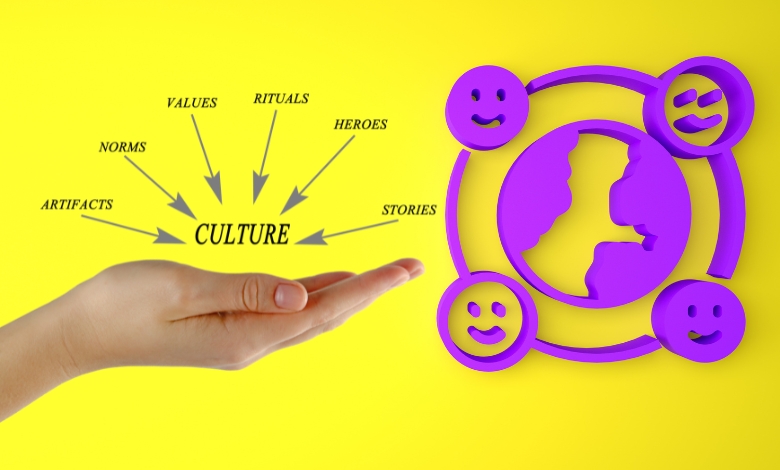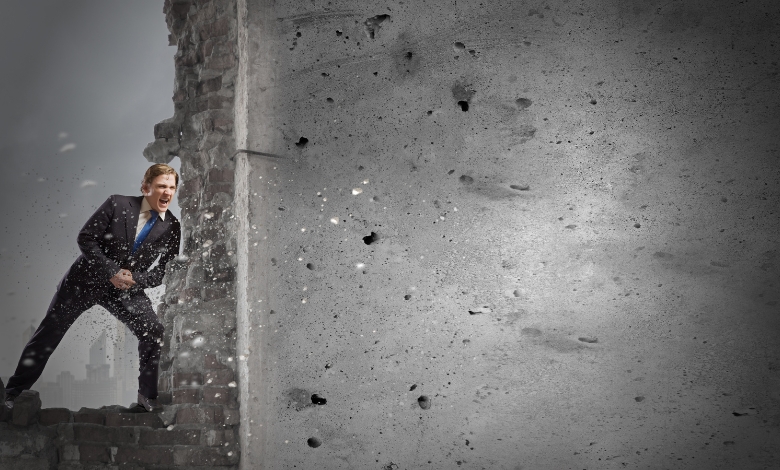What time is the eclipse in Washington State? Discover exact timings, locations, and tips to enjoy the March 2025 lunar eclipse.
Looking up at the night sky feels magical, don’t you think? For me, it’s always been a way to step back from the chaos of daily life and connect with something far bigger than myself. Maybe you feel the same, it’s not just science; events like eclipses remind us how incredible the universe really is.
This March, Washington state is in for something special. On the night of March 13 and into the early hours of March 14, 2025, there’ll be a total lunar eclipse, also known as a “Blood Moon.” Whether you’re into stargazing, curious about the cosmos, or even considering how to work remotely from another country to experience celestial events like this in different skies, this is a rare chance to witness something amazing.
In this guide, I’ll cover all the details: when to watch, the best spots to view it, how to get ready, why the moon looks red, and what makes this eclipse so unique. By the end, you’ll be all set to enjoy this incredible cosmic event.
Article Breakdown
Why You Shouldn’t Miss the March 2025 Lunar Eclipse
Let’s start with the basics: Why is this particular lunar eclipse such a big deal?
For one, total lunar eclipses don’t happen every day. They’re relatively rare, and Washington state won’t see another one until March 2026. More importantly, a total lunar eclipse is a unique chance to watch the moon transform from its usual silver glow to a dramatic reddish hue.
Personally, I remember the first lunar eclipse I ever saw. I was standing in my backyard with a blanket wrapped around my shoulders, staring up at the sky. It was cold, my neck hurt from craning upward, and I had no idea what I was looking at. But when the moon turned red, I felt an overwhelming sense of awe. It was like the universe had paused just for a moment to put on a show. That’s the kind of moment you don’t forget, and it’s exactly why you should make plans to see this one.
Eclipse Timings: Mark Your Calendar
Timing is everything when it comes to catching a lunar eclipse. The event will unfold over several hours, with different phases offering unique views. Here’s the complete schedule for Washington state, all in Pacific Standard Time (PST):
| Phase | Time |
|---|---|
| Partial Eclipse Begins | 10:09 p.m. on March 13 |
| Total Eclipse Begins | 11:26 p.m. |
| Total Eclipse Ends | 12:31 a.m. on March 14 |
| Partial Eclipse Ends | 1:47 a.m. |
| Penumbral Eclipse Ends | Around 3:00 a.m. |
The most exciting part, of course, is the total eclipse, which will last just over an hour. This is when the moon will appear blood-red, so make sure you’re in position before 11:26 p.m.
Where to Watch: The Best Viewing Spots in Washington State
When it comes to viewing a lunar eclipse, location is key. You’ll want a spot with minimal light pollution, a clear view of the sky, and (ideally) good weather. Here are some of the best places in Washington state to catch the eclipse:
1. Goldendale Observatory
Goldendale Observatory is a stargazer’s dream, and it’s hosting a special event for the eclipse. They’ll have telescopes set up, and astronomy experts will be on hand to answer questions. The observatory’s location in south-central Washington means it’s far from city lights, offering a clear and dark sky for optimal viewing.
2. Methow Valley
Located in north-central Washington, Methow Valley is known for its pristine dark skies. It’s a bit of a trek, but the payoff is worth it. Bring a blanket, a thermos of hot chocolate, and settle in for an unforgettable night under the stars.
3. Olympic National Park
If you’re on the Olympic Peninsula, this is your go-to spot. The park’s remote location and low light pollution make it an excellent place to watch celestial events. Plus, the surrounding natural beauty adds an extra layer of magic to the experience.
4. Fishtrap Recreation Area
Located southwest of Spokane, Fishtrap Recreation Area offers wide-open spaces and excellent visibility. It’s a lesser-known spot, so you might even have it all to yourself.
If you can’t make it to one of these locations, don’t worry. You can still enjoy the eclipse from your backyard or a local park. Just try to find a spot away from streetlights and other sources of light pollution.
Will the Weather Cooperate?
Ah, the wildcard: weather. Western Washington in March is notorious for its unpredictable skies, and there’s a chance that clouds or rain could obstruct the view. However, don’t lose hope. The forecast often changes last minute, and even brief breaks in the clouds can give you a glimpse of the action.
To maximize your chances, consider heading east of the Cascades, where the weather is typically drier and clearer. Use weather apps like NOAA or AccuWeather to check conditions closer to the event.
What is a Blood Moon, and Why Does It Happen?
Now, let’s talk about what makes a lunar eclipse so mesmerizing. During a total lunar eclipse, the Earth passes directly between the sun and the moon, casting a shadow over the moon’s surface. But instead of disappearing into darkness, the moon takes on a reddish hue.
Why red, you ask? It’s all about Earth’s atmosphere. As sunlight passes through our atmosphere, shorter wavelengths (like blue) are scattered in all directions, leaving longer wavelengths (like red) to pass through. This red light bends around Earth and hits the moon, giving it that eerie, otherworldly glow.
Think of it like a sunset. The same scattering effect that makes the sky orange and red at sunset is what gives the Blood Moon its signature color.
How to Prepare for the Best Viewing Experience
Watching a lunar eclipse is simple, you don’t need any special equipment like telescopes or protective glasses (unlike solar eclipses). That said, a little preparation can go a long way in making your experience more enjoyable.
1. Dress for the Weather
March nights in Washington can be chilly, so layer up. Bring a warm coat, gloves, and a hat. If you’re planning to stay out for the entire event, consider bringing a blanket or a sleeping bag for extra warmth.
2. Bring Essentials
- Comfortable seating: A reclining chair or a blanket to lie on.
- Snacks and drinks: Keep yourself fueled with hot coffee, tea, or cocoa.
- Binoculars: While not necessary, they can enhance your view of the moon’s surface.
3. Get There Early
If you’re heading to a popular spot like Goldendale Observatory, plan to arrive early to secure a good viewing position. Parking and space can fill up quickly during events like this.
A Personal Connection: Why Eclipses Matter
For me, watching an eclipse is more than just a cool science lesson. It’s a chance to step back and think about our place in the universe. I remember one particular night a few years ago when I was camping in eastern Washington. The sky was pitch black, dotted with more stars than I’d ever seen. As the moon slowly turned red, I felt this strange sense of smallness and wonder.
It’s moments like these that remind us how vast and interconnected everything is. They’re a break from the ordinary, a reminder that there’s more to life than deadlines and to-do lists.
Upcoming Eclipses: What’s Next?
If you can’t make it to this eclipse, or if you’re hooked and want to see more, mark your calendar for the next total lunar eclipse in North America. It’s set to occur on March 3, 2026.
And if you’re really planning ahead, the next total solar eclipse visible from Washington state won’t happen until August 2169. (Yes, you read that right!)
Key Takings
- The 2025 lunar eclipse is more than just an astronomical event; it’s an opportunity to connect, with the universe, with others, and even with yourself.
- Whether you’re watching alone from your backyard or joining a community event at a local observatory, take a moment to pause, look up, and appreciate the beauty of the cosmos.
- And who knows? Maybe this eclipse will inspire you to explore more celestial events. After all, the universe is always putting on a show, you just need to know when and where to look.
- So grab your blanket, set your alarm, and get ready for an unforgettable night under the stars. The Blood Moon is waiting.
Additional Resources
- When to Watch: The total lunar eclipse will occur on the night of March 13, 2025, into the early hours of March 14. Totality, when the moon turns red, happens between 2:26 a.m. and 3:31 a.m. Eastern Time.
- Best Spots to View: Dark areas away from city lights, such as rural locations or parks, are ideal for viewing. In Washington state, consider national parks or open fields with clear skies.
- How to Get Ready: Ensure clear skies, gather equipment like binoculars or telescopes, and find a comfortable spot with minimal light pollution. Don’t forget to dress warmly!
- Why the Moon Looks Red: The reddish hue, called a “Blood Moon,” occurs because Earth’s atmosphere scatters blue light and allows red and orange wavelengths to pass through.



